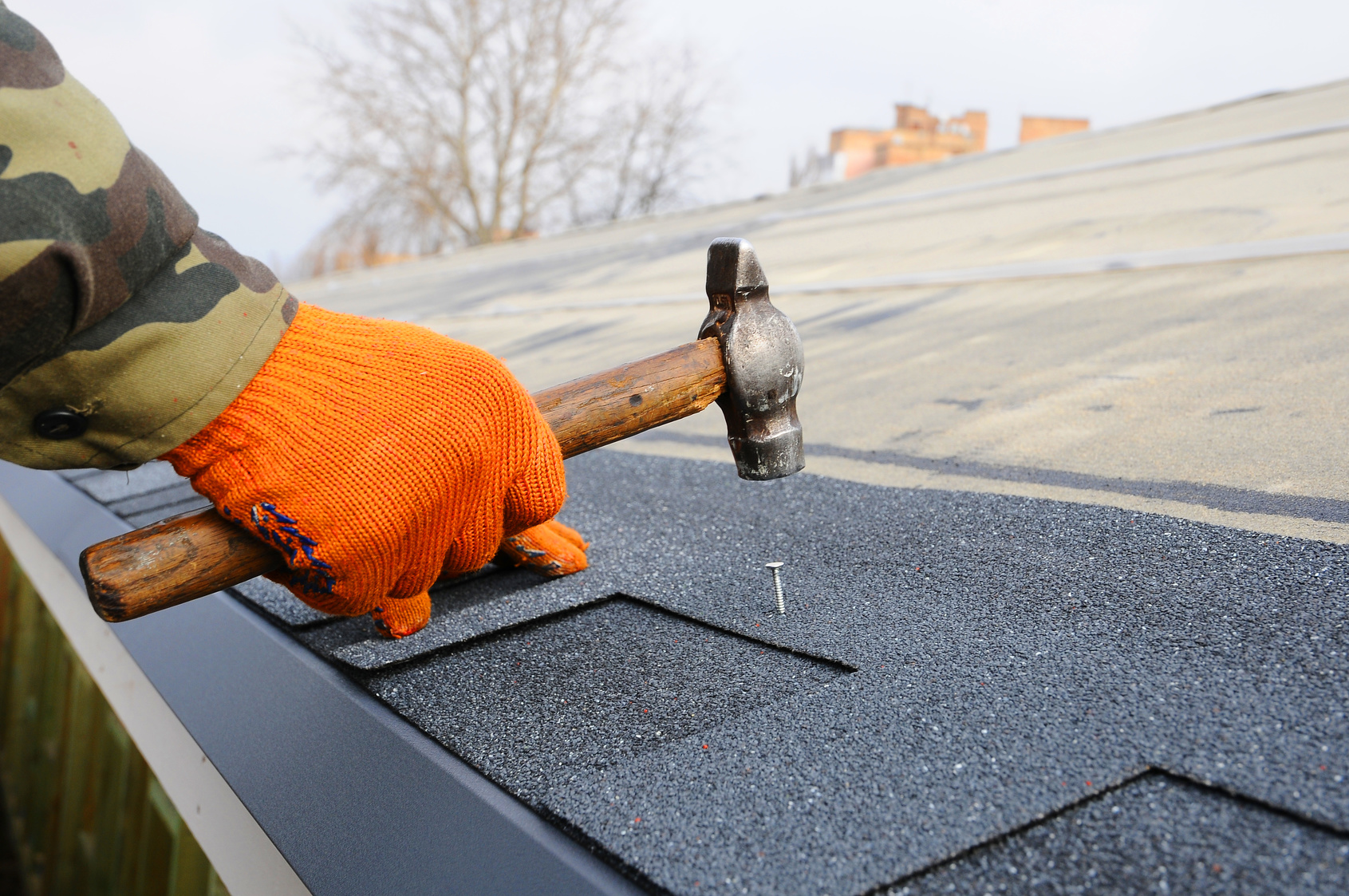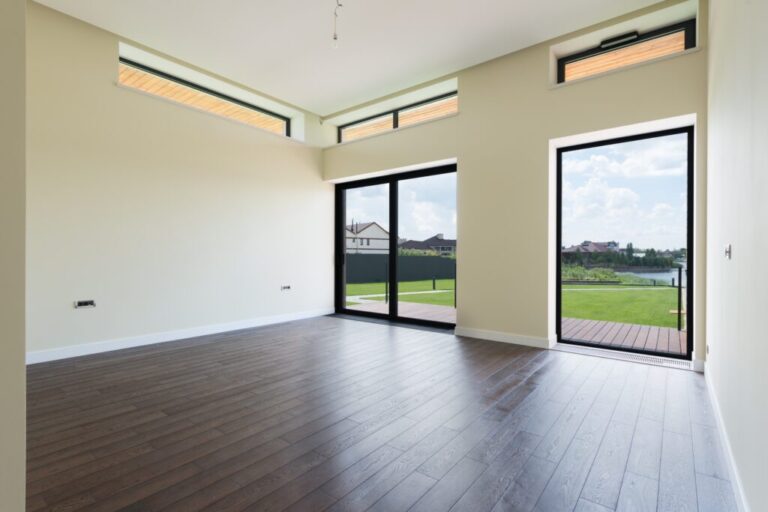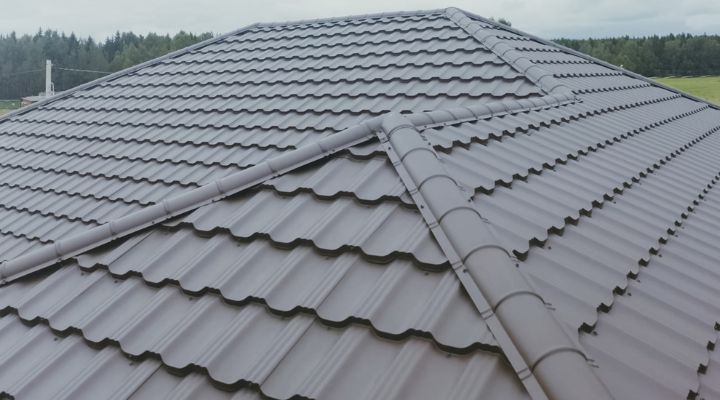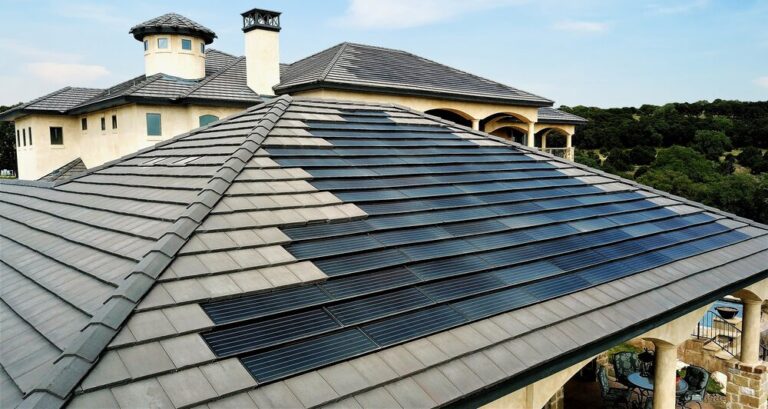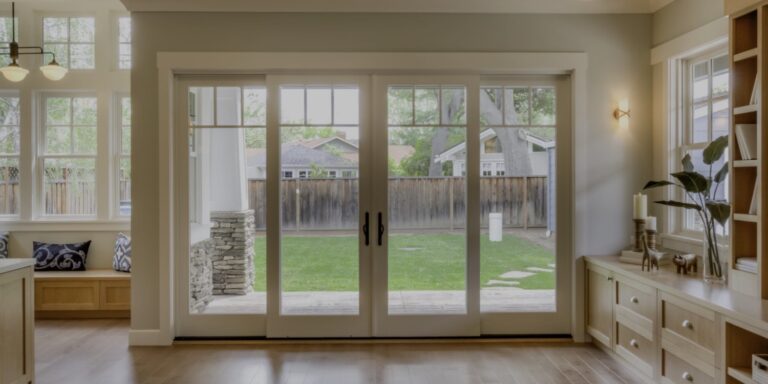Navigating Roof Repairs: Common Problems and How to Fix Them
Roof repairs are an essential aspect of homeownership, ensuring the structural integrity and safety of your property. Understanding common problems and how to address them can save you time, money, and stress in the long run.
What are Roof Repairs?
Roof repairs involve fixing any damages or issues with your roof, ranging from minor leaks to major structural damage. These repairs are crucial for maintaining the integrity of your home and protecting it from the elements.
Importance of Roof Maintenance
Regular roof maintenance and timely repairs can prevent costly damage and prolong the lifespan of your roof. Ignoring issues can lead to more extensive damage, resulting in higher repair costs and potential safety hazards.
Types and Categories
Roof problems can vary widely depending on factors such as the roofing material, climate, and age of the roof. Understanding the different types and categories of roof issues can help you identify and address them effectively.
Common Roof Problems
- Leaks: Water infiltration through cracks or gaps in the roof.
- Missing Shingles: Loss of shingles due to wind damage or wear and tear.
- Roof Punctures: Holes or punctures in the roof membrane, often caused by falling debris.
- Flashing Damage: Damage to flashing around vents, chimneys, or skylights.
- Sagging Roof: Structural issues leading to a sagging or uneven roofline.
- Ice Dams: Buildup of ice on the roof edge, causing water backup and leaks.
- Poor Ventilation: Inadequate airflow leading to moisture buildup and mold growth.
- Pests and Wildlife Damage: Infestation or damage caused by pests such as birds or rodents.
- Tree Damage: Damage from fallen branches or tree limbs.
- Cracked or Blistered Roofing Material: Signs of wear and tear or weather damage.
Symptoms and Signs
Recognizing the symptoms and signs of roof problems is crucial for prompt identification and repair. Here are some common indicators that your roof may need attention:
Signs of Roof Damage
- Water Stains on Ceilings or Walls: Indicates a leak or water infiltration.
- Missing or Damaged Shingles: Visible signs of wear and tear on the roof surface.
- Drooping or Sagging Areas: Indicates structural issues with the roof decking.
- Granules in Gutters: Shingle granules in the gutters may signal roof aging.
- Mold or Mildew Growth: Signs of moisture buildup or poor ventilation.
- Higher Energy Bills: Poor insulation or ventilation can lead to increased energy consumption.
- Roof Debris: Accumulation of debris such as leaves or branches on the roof.
Causes and Risk Factors
Understanding the underlying causes and risk factors for roof damage can help you prevent issues before they occur. Here are some common factors that can contribute to roof problems:
Common Causes of Roof Damage
- Weather Exposure: Exposure to harsh weather conditions such as rain, snow, wind, and sunlight.
- Poor Installation: Improper installation of roofing materials or flashing.
- Lack of Maintenance: Failure to perform regular inspections and maintenance.
- Aging: Natural wear and tear over time, leading to deterioration of roofing materials.
- Debris Accumulation: Buildup of leaves, branches, or other debris on the roof.
- Tree Damage: Falling branches or limbs can cause punctures or structural damage.
- Pest Infestation: Damage caused by pests such as birds, rodents, or insects.
- Faulty Ventilation: Inadequate airflow leading to moisture buildup and mold growth.
Diagnosis and Tests
Proper diagnosis of roof problems often requires a combination of visual inspection and testing. Here are some common diagnostic tools and tests used by roofing professionals:
Diagnostic Tools
- Visual Inspection: Thorough examination of the roof surface, both from the ground and on the roof.
- Moisture Meters: Testing for moisture levels in roofing materials.
- Infrared Scans: Identifying areas of heat loss or moisture infiltration.
- Core Samples: Extracting samples of roofing materials for laboratory analysis.
- Drone Surveys: Aerial inspections for a comprehensive view of the roof.
Testing Methods
- Water Hose Test: Simulating rainfall to identify leaks or areas of water infiltration.
- Thermal Imaging: Detecting temperature variations that may indicate insulation or ventilation issues.
- Electrical Resistance Test: Assessing the integrity of roofing membranes and insulation.
- Wind Uplift Testing: Evaluating the roof’s resistance to wind forces.
Treatment Options
Once the roof issues have been diagnosed, various treatment options may be recommended based on the severity of the damage. Here are some common treatment options for roof repairs:
Roof Repair Techniques
- Patch and Seal: Patching holes or cracks with roofing cement or sealant.
- Shingle Replacement: Replacing missing or damaged shingles with new ones.
- Flashing Repair: Repairing or replacing damaged flashing around roof penetrations.
- Roof Coating: Applying a protective coating to extend the lifespan of the roof.
- Deck Repair: Repairing or replacing damaged roof decking or sheathing.
- Gutter Maintenance: Cleaning and repairing gutters to ensure proper drainage.
- Ventilation Improvement: Installing or improving attic ventilation to reduce moisture buildup.
- Pest Control: Implementing measures to prevent pest infestation and damage.
Preventive Measures
Preventive maintenance is key to prolonging the lifespan of your roof and preventing costly repairs. Here are some tips and strategies for maintaining a healthy roof:
Roof Maintenance Tips
- Regular Inspections: Schedule annual inspections by a qualified roofing professional.
- Clear Debris: Remove leaves, branches, and other debris from the roof and gutters.
- Trim Trees: Trim overhanging branches to prevent damage from falling limbs.
- Check Flashing: Inspect flashing around vents, chimneys, and skylights for damage.
- Monitor Attic Conditions: Check for signs of moisture buildup or inadequate ventilation.
- Address Issues Promptly: Repair any damage or leaks as soon as they are identified.
- Schedule Professional Maintenance: Hire a professional for periodic roof maintenance and repairs.
Personal Stories or Case Studies
Real-life stories and case studies can provide valuable insights into the impact of roof problems on homeowners. Here are some examples of individuals who have navigated roof repairs successfully:
Case Study: Sarah’s Roof Repair Journey
Sarah, a homeowner in a coastal area, noticed water stains on her bedroom ceiling after a heavy rainstorm. Concerned about potential roof damage, she contacted a local roofing company for an inspection.
The roofing contractor discovered missing shingles and damaged flashing around Sarah’s chimney, leading to water infiltration during storms. Sarah opted for a comprehensive roof repair, including shingle replacement and flashing repair.
After the repairs were completed, Sarah was relieved to find that her roof was once again watertight. She shared her experience with friends and neighbors, emphasizing the importance of regular roof maintenance and prompt repairs.
Personal Experience: John’s Roofing Nightmare
John, a homeowner in an area prone to high winds, neglected his roof maintenance for years. One day, during a severe storm, several shingles were ripped off his roof, exposing it to water damage. John’s procrastination led to extensive water infiltration, causing mold growth and structural damage.
Realizing the gravity of the situation, John sought help from a roofing professional. The repairs were costly and time-consuming, serving as a harsh lesson in the importance of proactive roof maintenance.
Expert Insights
Roofing professionals offer valuable insights into common roof problems and repair strategies. Here are some expert quotes highlighting key considerations for homeowners:
Expert Advice: Roofing Professional
“Regular roof inspections are crucial for identifying potential issues before they escalate into costly repairs. Investing in preventive maintenance can save homeowners thousands of dollars in the long run.” – Mark Johnson, Certified Roofing Contractor.
Conclusion
Navigating roof repairs can be a daunting task for homeowners, but with the right knowledge and resources, it becomes more manageable. By understanding common roof problems, recognizing symptoms, and taking preventive measures, you can protect your home and ensure the longevity of your roof.
Remember to schedule regular inspections, address issues promptly, and consult with roofing professionals when needed. With proactive maintenance and timely repairs, you can safeguard your investment and enjoy peace of mind knowing that your roof is in good condition.
